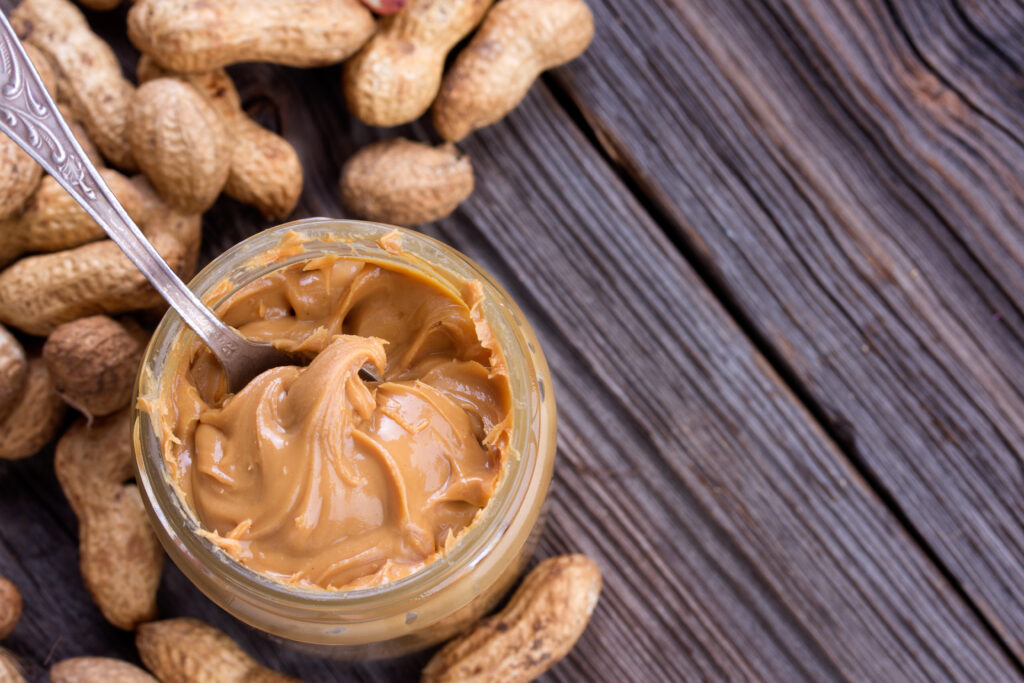
Get the Facts
Consumers want convenient access to nutritious, affordable and safe food and beverage products. “Processing” makes this possible by turning fresh farm goods into consumable food products. Standard processing methods include fermentation, dehydration, preservation, pasteurization and the use of preservatives to slow or stop the growth of certain pathogens. These steps help make foods more nutrient-dense, allowing them to remain affordable, safe and shelf-stable when they reach stores.
Why Do We Need Food Processing?

LEARN MORE
Consumer confusion or misconceptions around processed food could lead to decreased diet quality, causing consumers to miss out on vital nutrients, an increased risk of food-borne illness, greater food waste, stigmatization of cultural or critical foods such as fortified grains, dietary supplements, plant-based proteins or infant formula, and exacerbate health disparities.

Nutrition and Innovation
Thanks to innovation, today’s food processing can go beyond traditional functions such as fortification, pasteurization and fermentation to meet the broad spectrum of consumers’ dietary needs. It can create milk with concentrated nutrients, delicious vegan products, foods that would otherwise be unavailable to people with certain allergies, quality food that would otherwise go to waste and food that remains safe in all temperature states.

Consumer Transparency
SmartLabel and Facts up Front are two tools the food and beverage industry voluntarily uses to convey transparent and clear information — right from the Nutrition Facts panel – that provide consumers a guide with the nutritional facts, ingredients and more to make informed choices.
Prioritizing Safety
Food additives used in the food supply are highly regulated ingredients and regularly assessed and approved as safe for general consumption by leading food safety authorities such as the U.S. Food & Drug Administration (FDA) and the joint FAO & WHO Expert Committee on Food Additives (JECFA).
Prioritizing Safety
Food additives used in the food supply are highly regulated ingredients and regularly assessed and approved as safe for general consumption by leading food safety authorities such as the U.S. Food & Drug Administration (FDA) and the joint FAO & WHO Expert Committee on Food Additives (JECFA).
Thickeners, stabilizers and emulsifiers are used to ensure food is agreeable to the palate and make products available to consumers with food intolerances – improving the sensory and nutritional profiles of foods, as well as helping to preserve foods.

FOOD SECURITY
Processing improves food security by increasing the availability and stability of the food supply across seasons and geographic regions, enabling the availability of products that would otherwise perish or deteriorate in quality.
Nearly a quarter of the adult population in the U.S. is considered food insecure, and nutrient-dense food options that are made available year-round and are affordable, shelf-stable and easily prepared – regardless of kitchen access – are made possible by food processing.

Accessibility
Processing allows food and beverage manufacturers to deliver on consumers’ varied lifestyle needs, ensuring choice across the real-life, daily circumstances, whether they are financial or based on the special dietary needs of a family member or offer some time back to a parent trying to manage school, work, activities and life in between.
Thickeners, stabilizers and emulsifiers are used to:
- ensure food is agreeable to the palate
- make products available to consumers with food intolerances
- improve the sensory and nutritional profiles of foods
- help to preserve foods
About Us
Food Processing Facts, a project by the Consumer Brands Association, is about protecting consumer choice by sharing fact-based information and resources about food processing and the many benefits it plays to ensure food safety, improve nutrition security and reduce food loss and waste. Consumers should feel empowered to make informed choices that align with their lifestyle needs and personal health goals.


